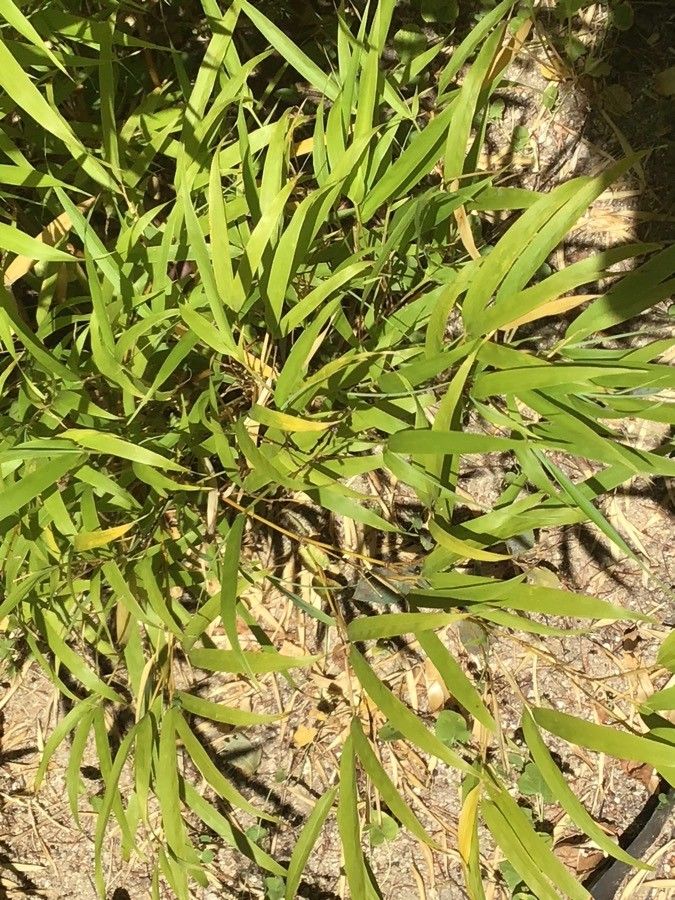Unlocking the Secrets of ‘Walking Bamboo’: Propagating Chimonobambusa tumidissinoda
Chimonobambusa tumidissinoda, affectionately known as “Walking Bamboo,” is a sight to behold. This unique bamboo species boasts bulbous, knotty culms that resemble tortoise shells – hence its other common name, Tortoise Shell Bamboo. Native to China, this clumping bamboo’s captivating appearance and manageable size (reaching up to 20 feet) make it a highly sought-after addition for gardens and landscapes.
While admiring mature Tortoise Shell Bamboo is a treat, there’s nothing quite like propagating your own. Luckily, successfully cultivating this stunning species is achievable even for novice gardeners. Here’s a comprehensive guide to demystify the propagation of Chimonobambusa tumidissinoda:
Two Paths to Propagation:
Division: This method, best undertaken in spring or early summer, involves separating established clumps into smaller divisions.
- Step 1: Preparation is Key: Select a healthy, mature clump and water it thoroughly a day or two before division. Prepare your planting location, ensuring well-drained soil with partial to full sun exposure.
- Step 2: Divide and Conquer: Carefully dig around the chosen clump, ensuring you maintain a generous root system with each division. Use a sharp, clean shovel or saw to separate the clump, aiming for divisions with at least 2-3 culms each.
- Step 3: Planting for Success: Plant your divisions at the same depth they were previously growing, ensuring the rhizome (underground stem) is level with the soil surface. Backfill the hole with soil, gently firming it around the base of the division.
Culm Cuttings: While slightly more challenging, this method utilizes sections of the culm to generate new plants. This technique is typically successful during the warmer months when the bamboo is actively growing.
- Step 1: Selecting Your Culm: Choose a healthy culm (at least one year old) and identify the nodes (rings along the culm). The sections between the nodes will be your cuttings.
- Step 2: Making the Cut: Using sterilized pruning shears, cut just above a node at the top and below a node at the bottom of your chosen section. Each cutting should have at least 2-3 nodes.
- Step 3: Rooting Hormone Boost: While optional, dipping the bottom end of each cutting into rooting hormone can improve success rates.
- Step 4: Creating a Humid Haven: Fill a tray or pot with a well-draining potting mix. Plant your cuttings vertically or horizontally, ensuring at least one node is buried within the mix. Enclose the setup in a clear plastic bag or use a propagation dome to maintain humidity.
- Step 5: Patience is a Virtue: Place your cuttings in a warm, shaded location and keep the soil consistently moist. It can take several weeks or even months for roots and new shoots to emerge.
Caring for Your Newly Propagated Bamboo:
Consistency is key for newly planted Chimonobambusa tumidissinoda. Ensure regular watering, especially during the first year, to establish a strong root system. Apply a balanced fertilizer in spring to promote healthy growth. Mulching around the base will help retain moisture and regulate soil temperature.
By following these steps, you can confidently propagate your own “Walking Bamboo” and enjoy the unique beauty of this remarkable species in your own backyard. The satisfaction of nurturing new life from divisions or cuttings is a rewarding experience, and watching your new bamboo plants flourish will bring you years of enjoyment. Happy propagating!

